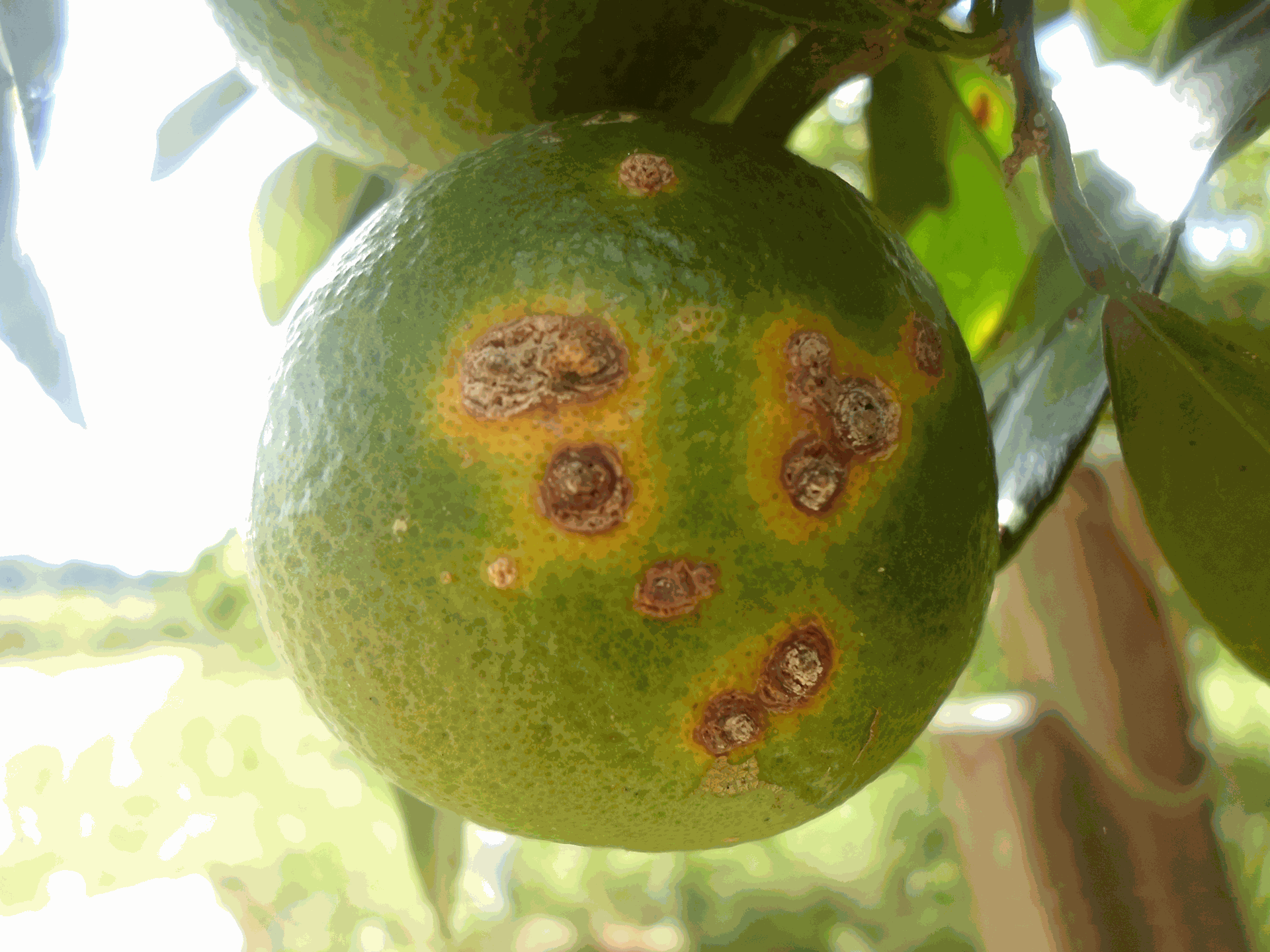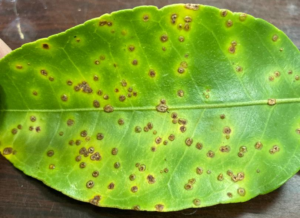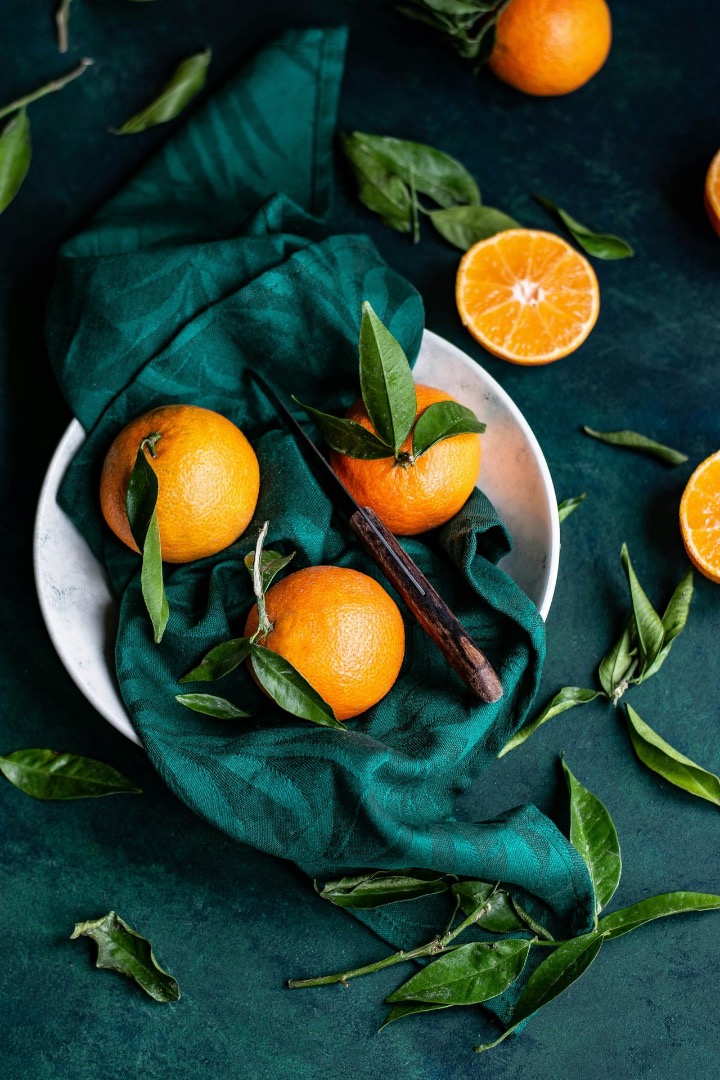Orange Plant
Orange trees, reaching heights of 15-25 feet in Zones 9-11, thrive in well-drained soil and full sun. They have a fast growth rate and produce delicious, edible oranges. Adequate care supports both growth and medicinal
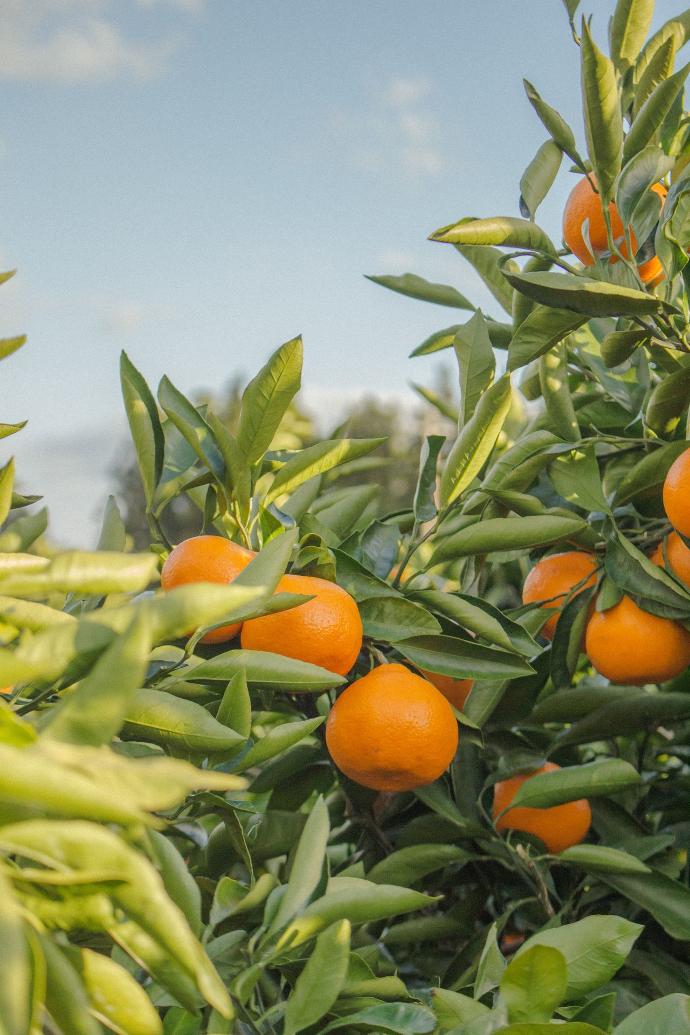
Habit
Tree
Height
15-25 ft
Growth
Fast
Soil
Well Drained
Shade
Full Sun
Moisture
Moderate
Edible
Yes
Medicinal
Yes
Common Diseases and Remedies
Citrus canker , citrus greening
Minute water soaked round, yellow spots which enlarge slightly and turn brown, eruptive and corky. Many fruit fall prematurely, while those remaining on the tree do not colour properly.
Prune and burn infected twigs , Avoid excess irrigation .
What Is An Orange Tree?
This unusual fruit is often associated with relationships between aristocratic men and women. Orange has become a symbol of success as it signifies wealth, dream destinations and distant lands. In Eastern history, orange trees symbolized prosperity and happiness.
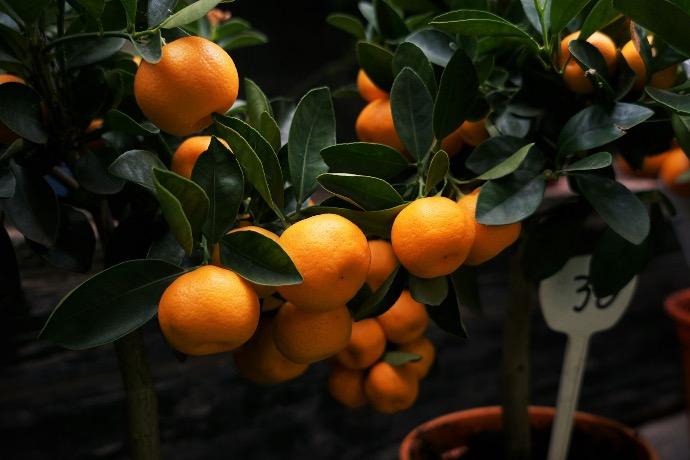
What Are The Different Types Of Orange Plants?
1. Navel orange
The body of the orange is a sweet orange; It is named this way because the small part on the outside of the body shell resembles a human belly button. Best from autumn to winter.
2. Cara Cara Orange
Cara Cara orange is a seedless and sweet type of orange. Its flesh is pink to red due to lycopene (a type of carotenoid) pigmentation.
3. Valencia
Because Valencia oranges are sweet and juicy, the fruit is perfect for juices and smoothies.
4. Citrus
Citrus is a type of sweet orange that is ripe in the summer months through April. They are small, have medium to thick shells, are loosely attached and have a smooth surface.
5. Clementine
Clementine is a type of orange known for its small size and bright orange peel that is easy to peel.
6. Sumo Orange
Sumo Orange is a large orange variety with a rich orange color. 13 Sumo orange, which is seedless, easy to peel and has little skin, has different lines on the upper part, the tuber at the end of the fruit.
7. Blood Orange
Blood Orange got its name due to its deep peel and skin color. - red anthocyanin pigments. 18 Anthocyanins are plant pigments that give blue, purple and red colors to many food plants.
How to care for Orange Plants
Water once or twice a week. They always want to eat. High potassium feed should be given to the soil every second while watering. Use citrus peels to repel ants, bugs and spiders.
1. Location
Oranges are thought to be native to the tropics, where they live outdoors and need lots of sunlight.
2. Sunshine
Orange trees need full, warm sun to produce their best fruit, so choose a location that gets eight hours of full sun each day. For dwarf varieties grown indoors, place them in a sunny window.
3. Soil
Loamy soil with good drainage is best for growing sweet oranges. Clay soils can produce good crops if water is good, but farming is difficult. The pH of the soil should be 6.5 to 7.5 and the EC of the water should be less than 1.0.
4. Hydration
Irrigation should be continued to meet the annual needs of oranges and sweet oranges, with 9 liters of water per tree per day. The water requirement per tree is 40 liters per day for four-year-old trees and 105 liters per day for ten-year-old and older trees.
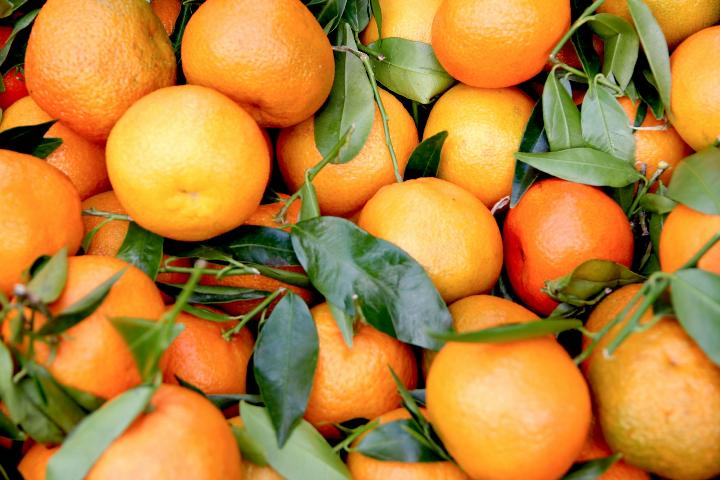
5. Nourishment
For orange trees planted in pots only, it is best to use a balanced, slow-release granular fertilizer such as 10-10-10 or 14-14-14, which has a balance of nitrogen, phosphorus and potassium. The balance of these fertilizers will promote overall growth and root development. Once plants are established, use nitrogen (N), phosphoric acid (P2O5), and water-soluble potash (K2O) in a ratio of 2-1-4 or 3-1-5. . Every 4 months like 10-5 20 or 15-5-25. Use 1-2 kilos per plant until 9 months old; then apply 3-4 pounds to each pad every 3-4 months.
6. Issues
The constraints depicted in Table 1 revealed that majority of the orange growers were found to faced the problem of the high cost of rootstocks (94.40%) and non-availability of disease-free rootstock (94.00) followed by 88.00 per cent of the orange growers having problem of non-availability of rootstock.
What are the Benefits of Orange Plant ?
Orange strengthens immunity, Orange makes your heart healthy, Orange can lower cholesterol.

FAQs About Growing Orange
1. How to maintain Orange plant?
Orange trees need to be small soil pond at the base of the plant watered regularly, but wet soil cannot be avoided.
2. How to use oranges ?
The fruits of the orange can be easily eaten or combined with other fruits to make bread or fruit. The bark is used to make syrup and also for dyeing or making alcohol.
3. Can I grow Orange plant indoor?
For indoor dwarf orange varieties, choose a sunny windowsill. Oranges need full sun to produce the best fruit. Make sure the tree gets at least 8 hours of sunlight per day.
4. Which pot is best for orange plant?
Trees need pots that are twice as wide and at least 18 to 24 inches deep. This allows the roots to grow and prevents the tree from bending and becoming too heavy. Any potting material will work as long as it has enough water.
5. From where I can buy orange plants ?
From Trusted nurseries like Nadanavanam
